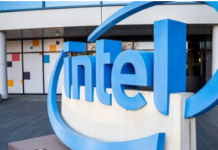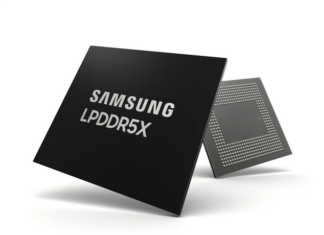Intel’s chip manufacturing division racked up operating losses of $7.2 billion in 2023, up from a $5.2 billion deficit in 2022. All this in the face of a net decline in revenues, which fell from $27.49 billion in two years to $18.9 billion. Yet, in making the announcement, the company’s CEO Pat Gelsinger was not particularly worried.
Gelsinger explained the figures by telling investors about poor choices, such as not using the EUV lithography machines produced by ASML. These are very expensive machines, but in terms of production costs they are cheaper than those of the previous generation.
Because of these types of mistakes, Intel has been forced to entrust the production of about 30% of the wafers it uses to competitors such as TSMC, spending large sums. But the ongoing move to EUV units should allow the company, which is intent on breaking even by 2027, to reduce this number by up to around 20%.
To break even, Intel will need several customers. On the other hand, it is investing huge sums – in the order of 100 billion dollars on the territory of the United States alone – to gain the highest possible independence from oriental foundries and become dominant in the chip production sector. But he has already scored a very important victory. In fact, it has signed a deal worth more than $15 billion for the production of AI chips designed by Microsoft.
In addition, Intel has also secured AMSL’s first Twinscan EXE:500 unit, which will be used to manufacture chips with the Intel 18A manufacturing process. The company spent $400 million to buy it, but in doing so it secured a 6-month advantage over the competition, which was very important to be the first to meet the needs of potential customers.































